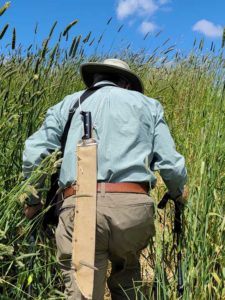 One of the first things Len Nelson, lead bird researcher, will tell you if you ask to go along on one of his birding trips, is “I hope you don’t have a time limit.” Take my word for it, clear your calendar for the day, it will be worth it! I recently had the privilege of riding along with him in the “mule” (4-wheeler for those of you with raised eyebrows!) Our territory for the day was Tolay Regional Park, where Len and other PWA members monitor 21 birdhouses, alternately occupied by bluebirds and tree swallows, both sporting beautiful blue feathers, and who both co-parents with their mates to build nests, guard, roost on tiny pink, white, or blue eggs and feed their young. There is quite a bit of activity to observe; I felt I had a front-row seat to the everyday domestic life of these birds. It was wondrous for me to be able to see these birds up close and personal, no binoculars necessary, except to get a macro view! It is also fun to cruise around unknown paths on the Mule in the open savannah skirting the side of San Pablo Bay. (Your job will be to open gates, hold open the side-access panel of birdhouses, and sometimes hold the clipboard and take notes.) My trip was early May, and by the end I vowed to take an antihistamine before the next trip! Not only are the birds busy, but the grasses and flowers are putting out seed and pollen and the air is dense with it! Oh, and did I mention the machete strung over Len’s back, as he expertly swats down the high grasses in the paths to and around the birdhouses? Afterward, he picks up his walking sticks and proceeds! That trip took us about 3 ½ hours, but some of the time was quietly observing and catching that perfect photograph! Humankind does not live by data alone!
One of the first things Len Nelson, lead bird researcher, will tell you if you ask to go along on one of his birding trips, is “I hope you don’t have a time limit.” Take my word for it, clear your calendar for the day, it will be worth it! I recently had the privilege of riding along with him in the “mule” (4-wheeler for those of you with raised eyebrows!) Our territory for the day was Tolay Regional Park, where Len and other PWA members monitor 21 birdhouses, alternately occupied by bluebirds and tree swallows, both sporting beautiful blue feathers, and who both co-parents with their mates to build nests, guard, roost on tiny pink, white, or blue eggs and feed their young. There is quite a bit of activity to observe; I felt I had a front-row seat to the everyday domestic life of these birds. It was wondrous for me to be able to see these birds up close and personal, no binoculars necessary, except to get a macro view! It is also fun to cruise around unknown paths on the Mule in the open savannah skirting the side of San Pablo Bay. (Your job will be to open gates, hold open the side-access panel of birdhouses, and sometimes hold the clipboard and take notes.) My trip was early May, and by the end I vowed to take an antihistamine before the next trip! Not only are the birds busy, but the grasses and flowers are putting out seed and pollen and the air is dense with it! Oh, and did I mention the machete strung over Len’s back, as he expertly swats down the high grasses in the paths to and around the birdhouses? Afterward, he picks up his walking sticks and proceeds! That trip took us about 3 ½ hours, but some of the time was quietly observing and catching that perfect photograph! Humankind does not live by data alone!
Two weeks later, I accompanied Len to an area restricted to the public, stopping to check-in at the Ellis Creek Water Recycling Facility office, and continuing along Lakeville Highway to a gated entrance with a keycode. Earlier, we had checked in on 11 birdhouses in the public areas of Ellis Creek, but now we entered a quiet sanctuary that made me want to rest there for the day. The Japanese have a practice of personal renewal called “forest bathing” and for me this was the wetland equivalent. But we had work to do, walking down into the grassy “arroyo” along the line of birdhouses, with iridescent swallows filling the air above us. The nests we peeked into were cradled in arching, graceful feathers. When the swallow eggs are first laid, they are pink, and with the white and lightly striped feathers curved around them, they are a work of art. Sometimes, you check the clipboard to see from the previous entries that the eggs are close to hatching or have hatched. If you listen closely, you can sometimes hear the chicks inside. I was able to see chicks so newly laid they had yet to grow feathers and those who were mostly fully formed and nearly ready to fledge. One house had bluebird chicks about halfway through the process, and it was fascinating to watch as one parent caught a beetle and then a California ringlet butterfly, entering the nest to feed them, while the other stood atop the house in between flights to lay claim and fend off two tree swallows. The swallows landed on it intermittently, impatient to take up residence there! They peered over the edge to look into the hole, and I couldn’t help but feel the bluebird guard watch was more than warranted!
What I came to appreciate from these trips was the incredible amount of time and effort Len and others dedicated to this endeavor. There are about 60 houses in at least four different areas, and each is monitored weekly. In between nesting seasons, Len will clean out the houses and ready them for the next inhabitants. Thanks to Len and others, there is a healthy population of bluebirds and swallows gracing our wetlands. So, if you want to help, there are plenty of opportunities!
Next up: egret and heron monitoring!


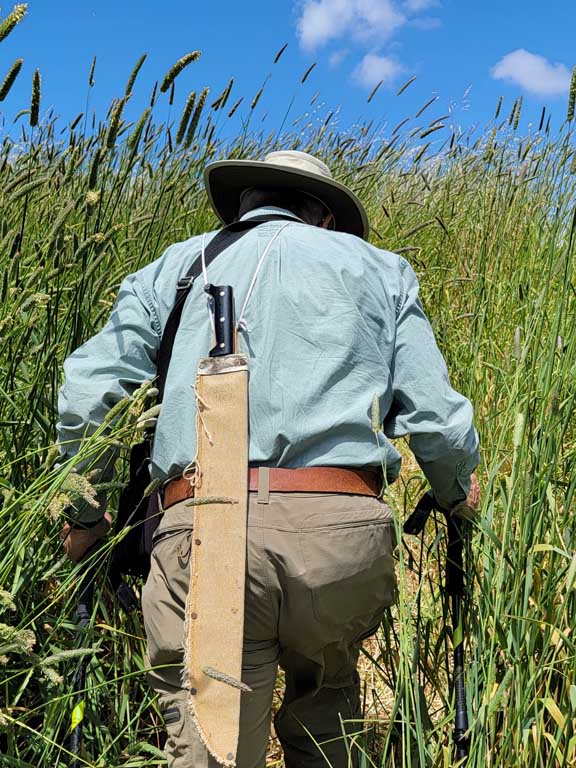
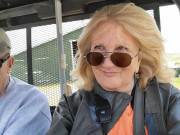
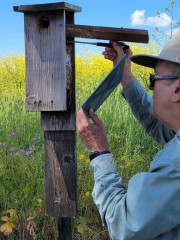
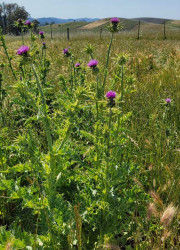
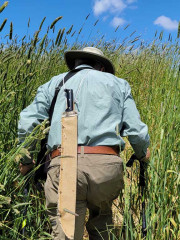

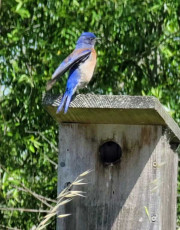
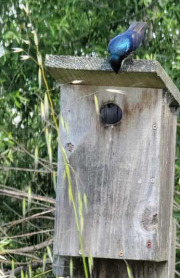

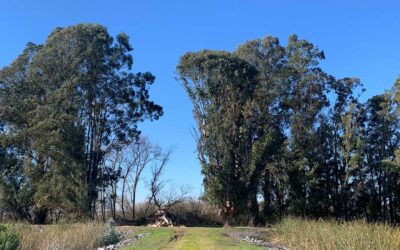
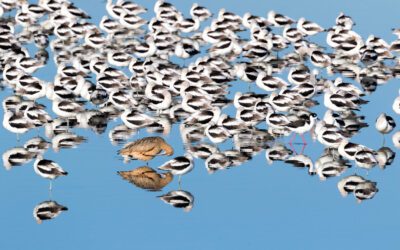
0 Comments